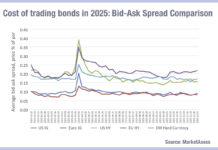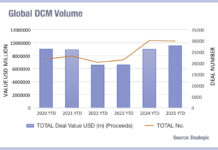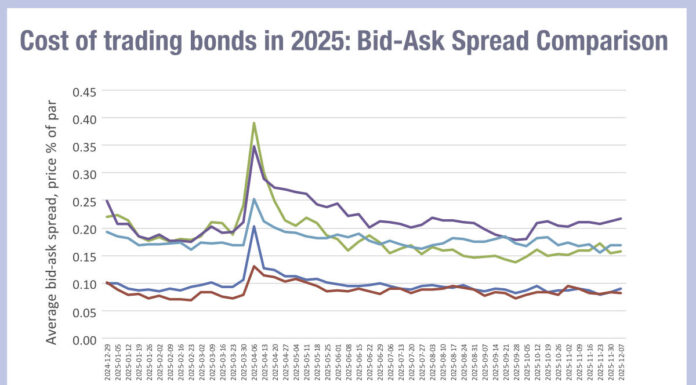Investors see their short duration positions getting longer this year, with a shift to EM debt, and a multi-decade case for de-dollarisation, attendees at the Fixed Income Leaders Summit in Amsterdam heard today.
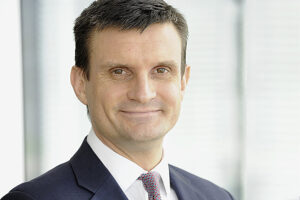
“Markets are changing by the day, by the hour, so I think long term strategies are very difficult at the moment,” Simon Blundell co-head of the European Fundamental Fixed Income Business at BlackRock. “So from a positioning perspective, we’ve been much more tactical over the last year, and I think the markets are offering enough opportunities without having to take huge directional positions.”
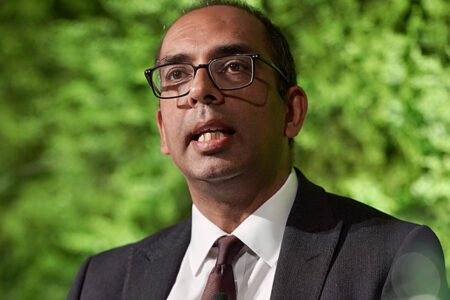
While de-dollarisation was a big theme earlier in the year, he noted that there were big questions around the size of any flows and timing, while Altaf Kassam, European head of investment strategy and research for State Street Investment Management warned that investors needed to understand the difference between a weakening dollar and the dollarization.
“Some commentators tend to conflate the two,” he said. “We absolutely believe, based on our fair value models, that the dollar is between 10-15% overvalued, versus various G10 currency pairs. But we do not believe everyone will sell dollar assets, and the dollar will be removed from the global financial system in short order. It’s a process that will take decades, just like it took decades for the dollar post Second World War to come the centre of the financial world. We’re talking about 20% de-dollarisation over the next couple of decades. So that doesn’t mean that the dollar couldn’t weaken in the meantime.”

Raphael Stern, global head of fixed income portfolio manager for Exchange Traded Fund (ETF) & Indexed Investments at Invesco said one way to manage the de-dollarisation theme was to diversify instead of getting rid of dollar exposure
“If you look at a global investment grade (IG) ETF, you still have 60-70% in dollars, but you’re not you’re not giving up the participation of the dollar credit market, which is the largest market, and pretty much everyone has some sort of global aggregate benchmark that they need to track. So, you don’t really want to give up that exposure.”
Kassam added that his firm was shying away from duration, and as noted the previous day at the conference, developed markets were looking less interesting in relative terms.
“Any duration that we’re taking is in steepeners at the moment, favouring emerging market debt over G10 debt,” he said. “For us, that’s a key thing, because it feels like emerging markets have inflation a bit better under control, and they benefit from continued policy easing that we see coming out of the US, as well as the moving dollar. It’s a very mixed picture for fixed income.”
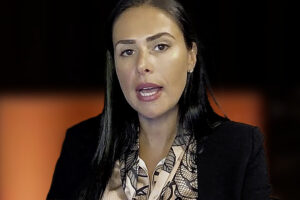
Marina Mets, head of Americas, Fixed Income & Convertibles, LSEG observed that the large divergence of debt profiles in EM, especially in sovereign debt, required careful consideration of asset allocation was needed.
“There are fundamentals within EM structures that allows for quite a lot of diversification,” she said. “In addition better inflation force controls and a shorter profile on some of the debt issuance seems to be a very natural complement to the more aggregate style portfolios. The questions we are being asked are when do you hedge versus not hedge those portfolios? And how do you manage the underlying currency into what you’re hedging them into? Do you want to carry that exposure in local currency terms? There is a lot of interest going into that, and continuing.”
©Markets Media Europe 2025


